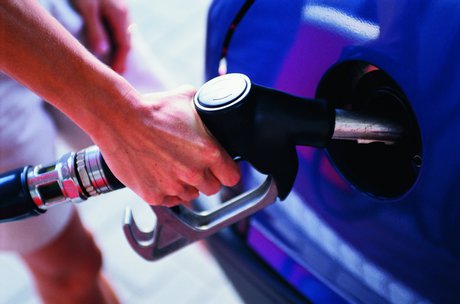How to reduce vehicle running costs

As a business owner or manager with mobile workers on the road, you've probably invested a lot of money in your vehicles. Forum has identified a few simple ways to reduce running costs.
When running costs are broken down, petrol is predictably at the top end - and fuel prices continue to rise. More hours on the road and heavy traffic can mean more accidents and idling time. This, in turn, leads to higher insurance and maintenance payouts, not to mention disappointed customers. Add increasing taxes and vehicle depreciation to the mix and you would be forgiven for thinking that vehicle running costs are beyond your control.
While it’s impossible to control fuel prices, it is possible to reduce fuel consumption. Safe, responsible driving helps to keep maintenance costs in check. And, with less damage to your vehicles, insurance costs will be lower. By influencing the costs that are under your control, you can stay firmly in the driving seat when it comes to saving money.
How can you control vehicle running costs?
Drive fewer kilometres
- By ensuring that you and your drivers take the quickest routes and cut unnecessary journeys, you can save fuel and minimise the wear and tear of your vehicles.
- Take the smartest routes. The latest navigation technologies with live traffic information will ensure that you and your drivers head straight to your customers without delays or confusion. Not only does this mean less mileage - but spending less time on the road means spending more time with your customers.
- Go straight to the customer. Do your drivers need to come into the office to pick up job information before they can go to the customer? Innovative fleet management technologies eliminate these unnecessary trips. Drivers receive job updates directly on their navigation device so they can head straight to the customer - saving unnecessary mileage.
- Know where your drivers are. With today’s fleet management technologies, you’ll always know where your vehicles are. That means you can send the closest driver to a job. This not only saves on fuel and vehicle wear and tear, but the rapid response of drivers certainly impresses your customers.
Drive more carefully
If you and your drivers are more careful on the roads, you can protect your vehicles from unnecessary damage, save on insurance costs and even reduce fuel consumption.
- Know how your drivers are driving. Poor driving styles cost money. That’s why today’s leading navigation devices deliver real-time driver feedback, to encourage your drivers to improve their driving style instantly. This means less harsh breaking, cornering, accelerating and idling, saving fuel and minimising vehicle wear and tear. At the same time, less damage to the vehicle means less insurance costs.
- Promote proper vehicle maintenance. There are simple things you can do to save on fuel. For example, regular servicing maintains engine efficiency. Keeping tyres fully inflated uses less fuel. Even removing roof racks when they aren’t needed helps; these add wind resistance, which increases fuel consumption.
- Make your drivers your ambassadors. Innovative fleet management technologies offer clear reports which detail driving behaviour, fuel usage, standstill time and more. With this information, you and your drivers can work together to help them make changes to their individual driving behaviour.
Avoid unnecessary fines
No one wants to pay out for something that could have been avoided. Today’s leading fleet management and navigation technologies help you to make sure you don’t pay any unnecessary costs.
- Stick to speed limits. With world-class navigation technology, you and your drivers can be alerted of mobile and fixed cameras and average speed check zones. So there’s no need for sudden braking - and no surprise speeding fines.
- Avoid tax fines. Today’s world-class fleet management systems capture reliable trip information and present it in easy-to-read reports. This helps you to prove your performance - and avoid unnecessary tax fines arising from non-compliance.
Control all costs with one solution
These techniques all contribute to lower vehicle running costs and will help you to save fuel and minimise wear and tear. If your drivers receive real-time feedback on their driving behaviour, there will be less damage to your vehicles and insurance costs will be lower too. A higher-quality vehicle will be worth more when it is sold - which means you won’t need to borrow as much money to buy a new one, indirectly leading to lower interest payments.
While it all sounds simple, employing these techniques may be easier said than done. The best option is to implement a fleet management technology solution that is easy to install and use, giving your drivers the best chance for improvement in driving style while delivering tangible savings.
All-electric haulage fleet under mining alliance
A strategic alliance between Newmont and Caterpillar will see the rapid deployment of an...
How to measure ROI of field service management software
Some ROIs are easier to calculate than others. It's important to consider both tangible and...
Preparing the grid for electric vehicles
A new $3.4 million trial will help support growing adoption of electric vehicles across Australia...





